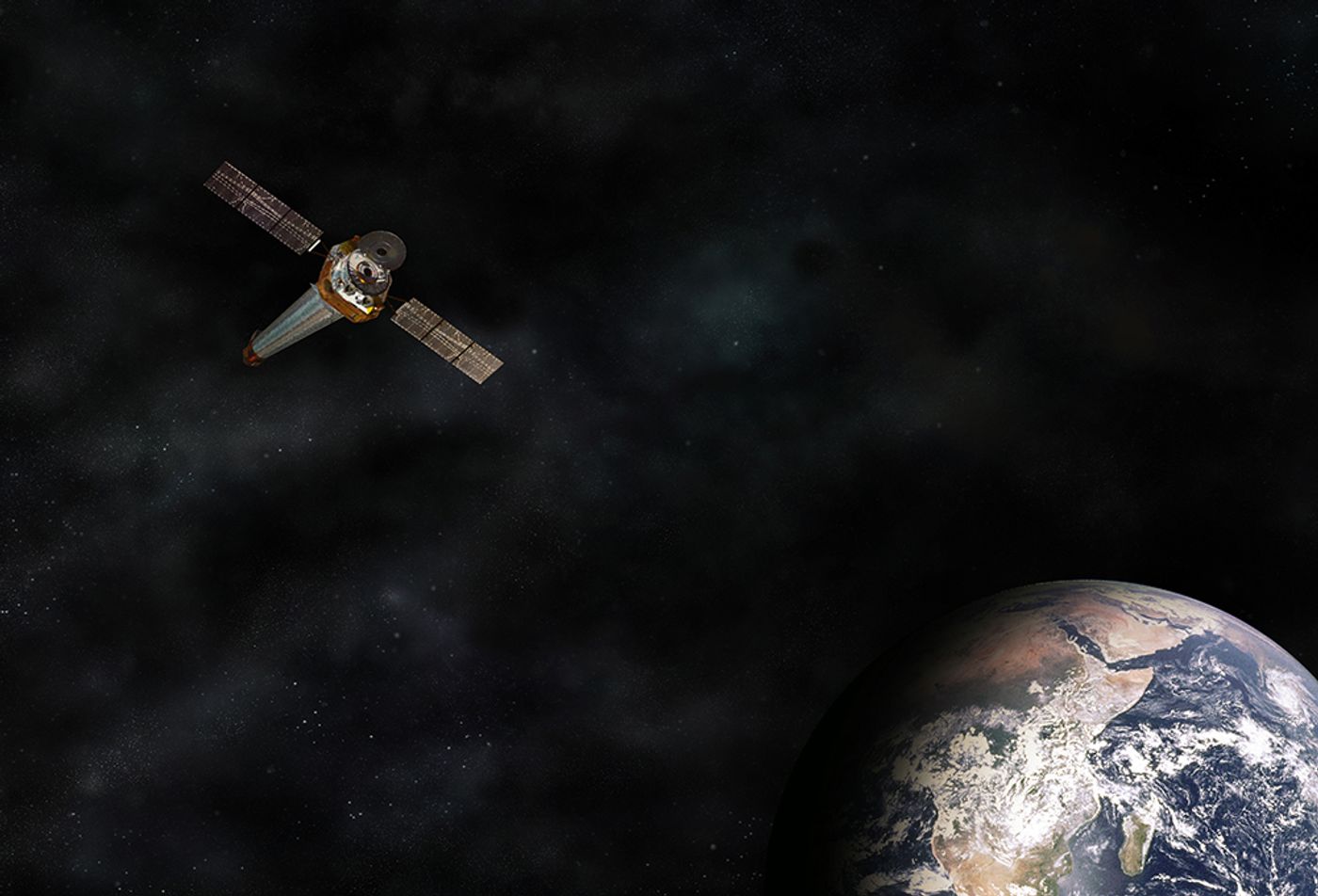NASA's Chandra X-ray Observatory is Back Up and Running
NASA’s Chandra X-ray Observatory was recently kicked into safe mode following a mysterious anomaly. Spacecraft engineers have been working around the clock to discern what caused the problem and to get the observatory back up and running for planned scientific operations.
Fortunately, the American space agency has apprised the public on Monday with some good news: not only has the problem been identified, but the Chandra X-ray Observatory is now on track to continue scientific operations as soon as the end of this week.
Image Credit: NASA
Citing a public statement, NASA confirms how initial speculation was right on the money; the anomalous safe mode boot was allegedly triggered by a three-second gyroscope malfunction that glitched out the spacecraft’s internal software.
NASA remedied the issue by commanding the observatory to read data from one of its backup gyroscopes instead of the buggy one. Now all that’s left to do is upload a few software patches to repair the botched data, and engineers will do what they can to correct the buggy gyroscope so that it can be used as a backup going forward.
Related: What should we do with the aging Hubble Space Telescope?
For what it’s worth, the Chandra X-ray Observatory has well outlived its initial purpose. It was launched 19 years ago with a life expectancy of just five years, but it continues to feed curious astronomers with valuable information about our universe today. Thanks to the bevy of backup gyroscopes onboard, NASA expects Chandra will remain in service for many more years.
Captivatingly, Chandra isn’t the only NASA-owned space telescope to have been impacted by a recent gyroscope malfunction. Earlier this month, the Hubble Space Telescope experienced a similar gyroscope failure, but NASA says the situation is direr on Hubble’s end because there may not be a way to revive the malfunctioning unit.
Despite what looks like an obvious connection of some sort, NASA says it has ruled out foul play or unusual activity as a cause. Instead, it appears to have just been a coincidence.
Related: Why does the James Webb Space Telescope keep getting delayed?
With things looking up for Chandra, it won’t be long now before astronomers can get back to work. On the other hand, Hubble remains out of service for the time being as spacecraft engineers work on a solution to its problem.
Source: NASA









